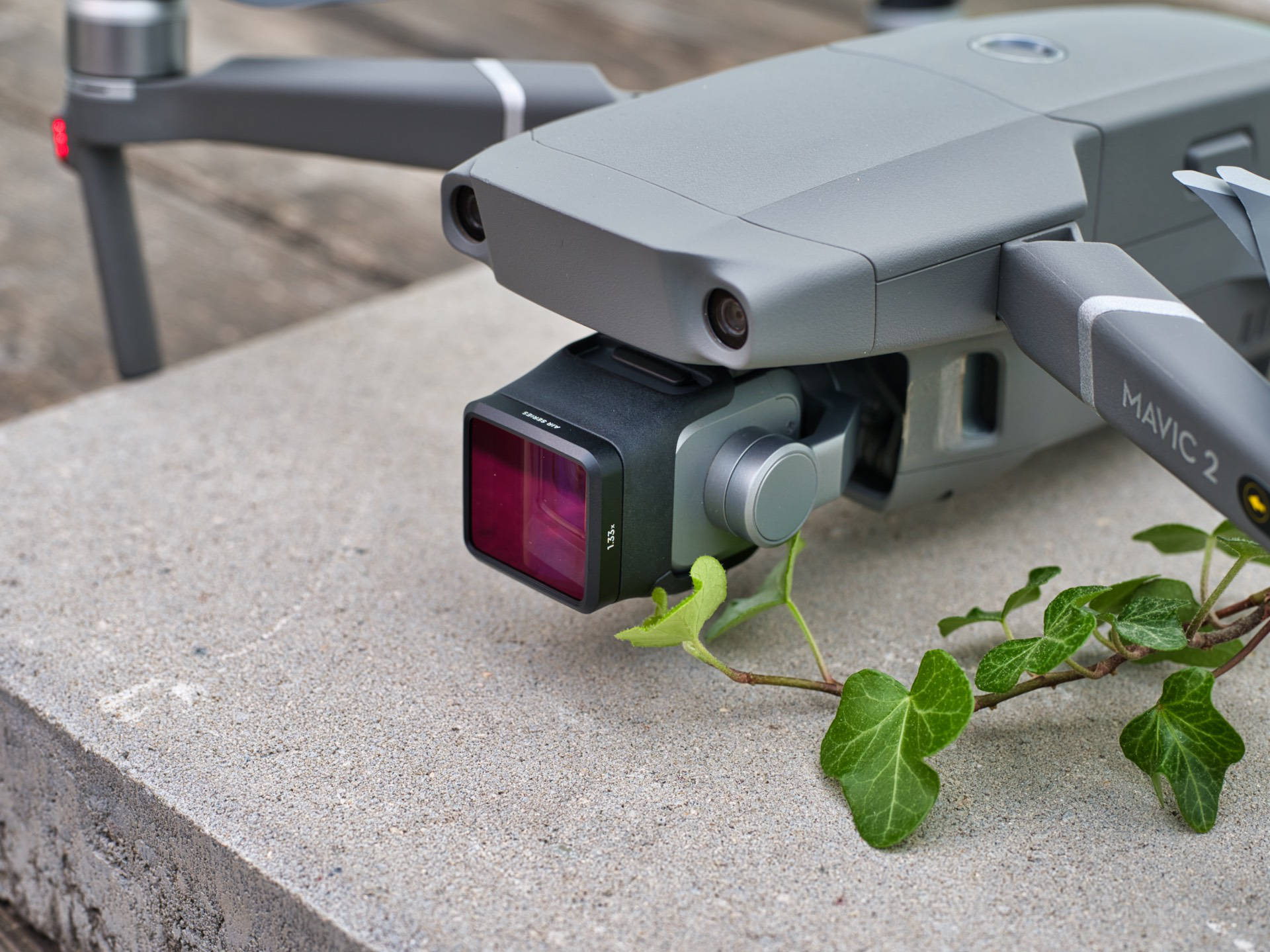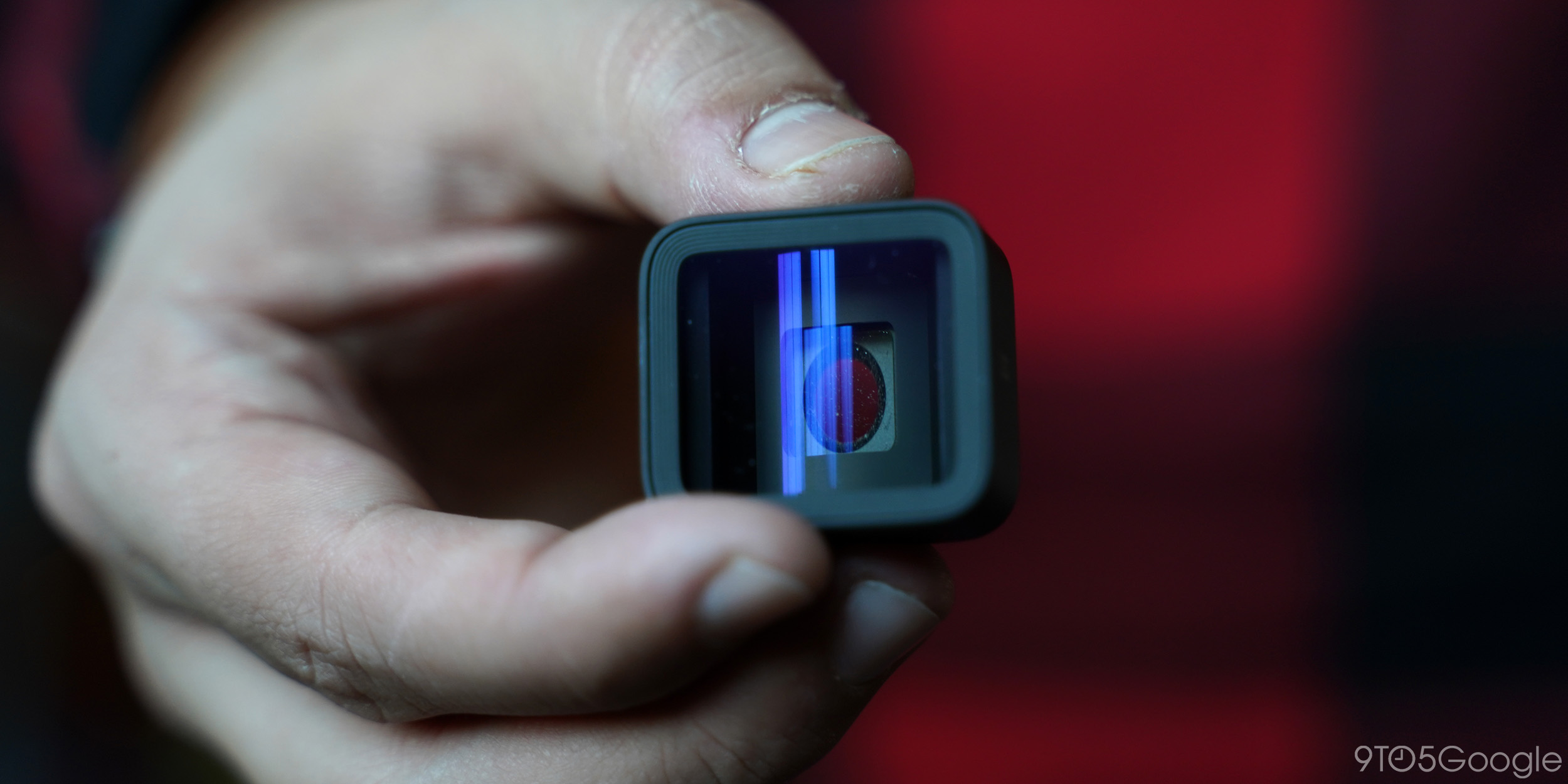

Saying that, the center sharpness is not the best out there either.

I think its comfort zone is around 50mm on Super35 sensor because then soft edges are cut off making the overall image look better. My understanding is that even though you can use really wide taking lenses with Optex/Century, it wasn't really designed for such coverage. The problem is that edges are not only soft but also suffer from a lot of chromatic aberration, so it's not a great look. To get anywhere close to acceptable sharpness you need to step down to F8 or even more. When using lenses at the widest end, edge sharpness really suffers! Even at F5.6 it doesn't really sharpen up enough (see pic below). This incredible coverage comes at a price though. I was able to go as wide as 35mm + Focal Reducer on FS100 (super35), which is wider than 28mm without a focal reducer. A few shots at the end were shot with a Canon FD 50mm F1.4 together with a Lens Turbo II focal reducer on Sony FS100 and while this would be the widest combo with most anamorphic attachment lenses, OPTEX/CENTURY can still accept wider lenses without vignetting. For majority of my test video above I've used a Mitakon 42.5mm F1.2 on BMPCC which wasn't even close to pushing the limits of this lens. OPTEX/CENTURY is one of the widest anamorphic attachment lenses in terms of the taking lenses that can be used with it. A bit of electric tape secures it perfectly (see pictures below).


To make things a bit more complicated there is no filter thread on the front, so in theory no way to add diopters, but thankfully you can add a filter thread yourself by using 77-72mm step-down ring which is almost exactly the same size as the front of Optex/Century. This makes OPTEX/CENTURY so much more usable than most projection lenses, most of which require double focusing, but like most anamorphic attachment lenses, this lens doesn't have a great closest focusing distance, which is around 3m. These lenses need to be modded but thankfully it's not difficult and only requires a 52-67mm step up ring and a bit of patience (thanks to Tito for the advice).Īs I mentioned already there is no need to use a lens support with this lens because it's small and light enough to be supported by a taking lens.Ĭonvenience doesn't stop there as the 'focus though' optical design means that all the focusing is done with the taking lens. However, in the case of Century there are a few versions of this lens and one of the versions was designed to fit specific Sony camcorders, therefore many of these adapters have a bayonet mount rather than a 58mm thread. Most of these lenses have a 58mm thread at the back, so all you need to do is get an appropriate step up/down ring for your taking lens and you are good to go no clamps or lens supports needed. Unlike PROSKAR-16 these lenses were actually designed to be used on camcorders rather than projectors, so adapting and using them is quite straightforward. My understanding that optics came from the same place in China, but the actual Optex lenses where manufactured in UK and Century in US, which is the reason for different names and slightly different bodies. While these lenses look slightly different, optically they are the same. For a second option on this lens check out Tito Ferradans who will be posting his review of this lens shortly and he also has an amazing 'Anamorphic on a Budget' guide which helped me massively when buying this and some of my other anamorphic lenses.īack to the review, OPTEX & CENTURY are 2 different lenses and yet I'm reviewing them as one. As mentioned previously, I'm not Anamorphics Guru and my review is based on my own experience and option. In my first review I shared my take on PROSKAR-16, which was the first anamorphic lens/adapter I bought myself, but this time I will be reviewing one of my more recent additions, the OPTEX / CENTRURY 16:9 1.33x Focus Through Anamorphic Lens/Adapter, which I think as a great alternative to the more expensive SLR Magic Anamorphot 1.33x (read on to find out why). Welcome to my second Anamorphic Lens Review. Our 1.33X Anamorphic Lens is designed for serious iPhone filmmakers and photographers who want to elevate their look, creating compelling, professional-looking films and photos. When the lens is subjected to vivid light, either through car headlights, street lights or any hard light during night shoots, it creates a lens flare similar to what you see in movies. One of Anamorphic's unique features is its ability to give you a cinematic look to your videos.


 0 kommentar(er)
0 kommentar(er)
